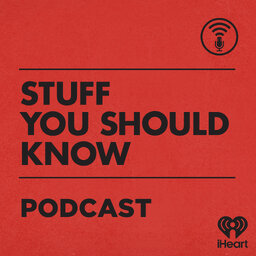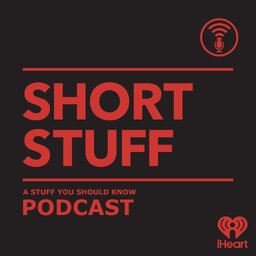Wireless Electricity: When Can We Unplug Our TVs?
You know all of those cords and cables and wires that we use to connect our stuff to the electrical grid so they’ll, you know, work? Imagine a day when energy flies through the air like wifi, utterly cord-free. Well, imagine no more! That day is coming!
 Stuff You Should Know
Stuff You Should Know


